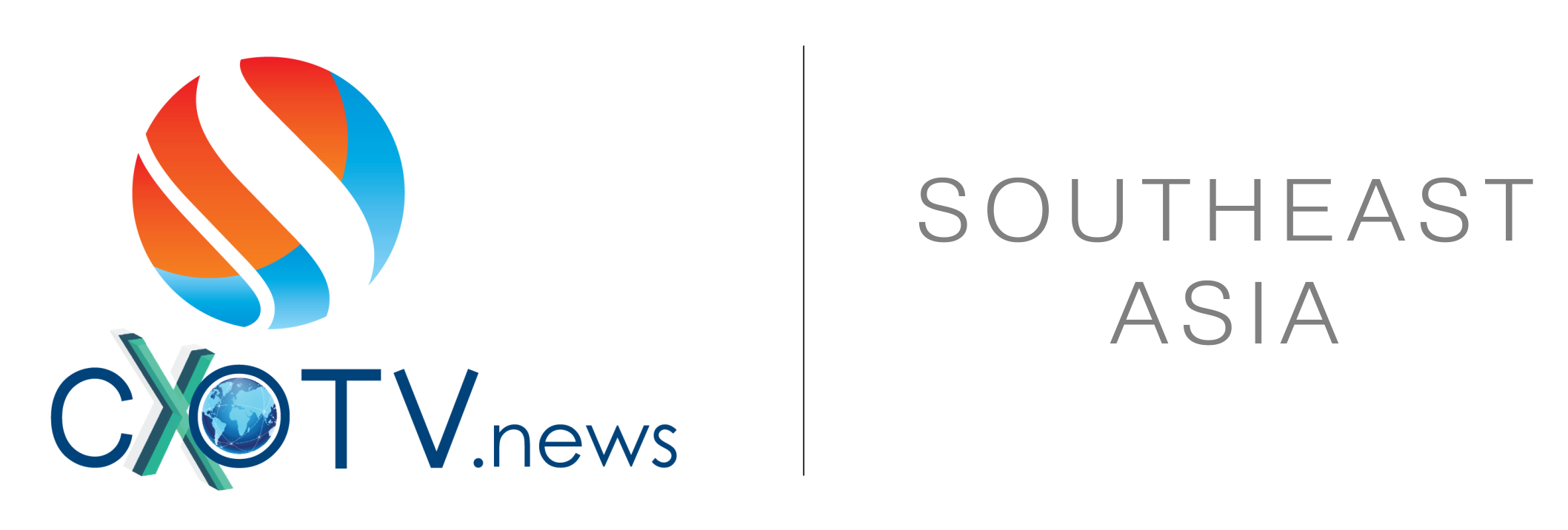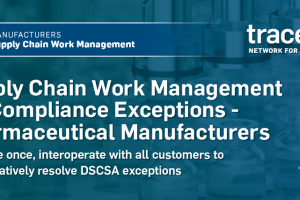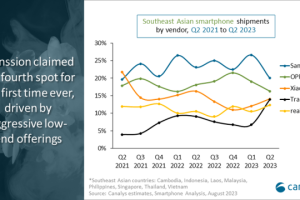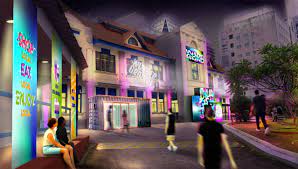The groundbreaking innovation in medical imaging and diagnostic technologies and the impact of these advances on patient care and healthcare delivery has change the face of diagnostics what it has been a decade back.
Technology driven imaging has transformed patient care, and thus the practice of medicine, by improving diagnosis and treatment and avoiding unnecessary procedures, which in turn lowers costs. With manufacturers investing in research and development, exploratory surgery is almost obsolete. Simultaneously, patients and physicians are equally benefitting from advanced imaging technologies that save lives and reduce long-term healthcare spending.
Medical imaging innovation has helped transform modern healthcare. Imaging exams reduce invasive surgeries, unnecessary hospital admissions, length of hospital stays and are directly linked to greater life expectancy. Every day, worldwide, medical imaging leads to earlier diagnoses, better, more targeted treatment and lives saved that, in the past, may have been lost.
Recent advances in imaging technology— like CT scans, MRIs, PET scans, and other techniques in the last five years have revolutionized almost every aspect of medicine and have had a huge impact on the diagnosis and treatment of disease.
Just about every field of medicine is using imaging more than they used to, as doctors have started believeing. More detailed imaging is allowing doctors to see things in new ways. Imaging can provide early and more accurate diagnoses. In some cases, it might even lead to better and more successful treatment.
New technology’ is steamrolling its way towards people and businesses worldwide, and recent advances in the medical sciences are unprecedented. The potential impact of these innovations could significantly contribute to improved human health and food security.
To ensure optimal impact, it is important not only to promote the development of new technologies to address current and future health issues, but also to make sure that the full potential of these new technologies is appropriately integrated into current health practices and standards.
Technology driven Diagnostic
It is not surprising anymore that when you visit your doctor or physician, you may find him using an iPad to note or store your medical records. Rapidly transforming medical technology and the availability of technology diagnostic and therapeutic equipment together with changing practice pattern of doctors has revolutionized the way health care is being delivered today.
The technology shift has cast itself over the field of healthcare, bringing with it a digital transformation in the way doctors and patients interact. The integration of information technology and network have now become the centre of the “new era” where both, digital and human aspects, are pivotal to the complete patient experience.
Today, patient care experiences are top of the mind in the healthcare industry across the globe. According to a report by Frost and Sullivan, India’s healthcare information technology market is expected to hit $1.45 billion in 2018, more than three times the $381.3 million reached in 2012.
Due to the increasing convergence of technology and healthcare, there is a huge opportunity for providers to improve the patient experience and operate more efficiently due to augmented association and information sharing among providers. Healthcare technology solutions are able to modernise medical care, reduce costs, avoid redundant or duplicate tests /procedures and mechanise manual processes.
For instance, in the effective treatment of cancer it is critical to track the patient’s progress over days, months and years. Now medical institutions can store medical images and patient records electronically, which can be instantly compared to previous images. These images can be quickly shared between consultants and remain highly available during the course of the diagnosis and treatment.
The increased adoption of telemedicine, HIS, electronic health records, mHealth, and web-based services has made digital patient data expand, demanding the deployment of robust IT infrastructure in Indian healthcare organisations. It has amplified growth in data, digitization trends in health information and electronic medical records.
Improvements in collaborative data exchange, workflows and mobility, and need for better financial management are the next phase of technological evolution in healthcare. In addition, the shift to mobile devices, wireless technology and cloud computing will reduce system costs and improve workflows.
A cancer institute and research centre like Rajiv Gandhi Cancer Institute provides high-quality diagnostic, treatment and multi-disciplinary care for patients with cancer. Today medical institutes are at the forefront of enabling number of healthcare technology initiatives to enhance the delivery of a range of healthcare.
The introduction of a hospital information system (HIS), picture archival and communications system (PACS), and electronic health record system (EHR) have led to rapidly increasing volumes of data. Also, due to the unpredictable nature of cancer progression, patient records need to remain readily accessible as a patient may visit us the next day, a few weeks, and maybe even 10 years later.
This means the data containing patient medical records and images needs to remain highly available rather than becoming less accessible within archival solutions such as tape libraries. To deliver patient needs at forefront of technology-enabled healthcare and meet the capacity demands of data-intensive medical images and records, we required highly available storage platform to meet the expanding data needs of our medical systems.





























